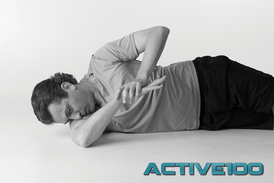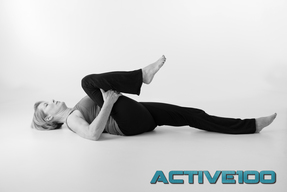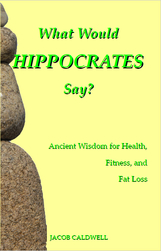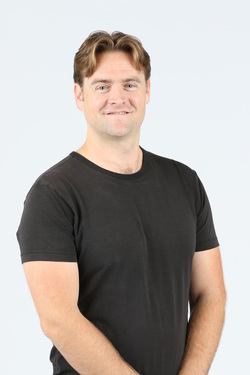
Fortunately, almost all shoulder problems are related to a few common root causes. First of all, the shoulder blades are the platform from which the shoulders move. If the shoulder blades aren’t strong and flexible, then the shoulders themselves have no hope of being safe. Rowing exercises are great for the shoulder blades and help to stabilize them so that they form a nice platform for the shoulders themselves. But there’s a big problem with rowing exercises: If the mid-back isn’t flexible, then it’s almost impossible to row properly. Most people end up doing very little for their shoulder blades when they row. Instead, they overwork their shoulders and especially their neck muscles, injuring not only their shoulders but also their necks. The mid-back must be flexible enough to allow the shoulder blades to move properly when we row. Essentially, the ribs have to get out of the way in order for the shoulder blades to slide backwards. That’s the only way to do rows properly, and so that’s the only way to form a nice platform for your shoulders to get healthy.
One other major root cause of shoulder problems is the forearms. Most of us have extremely tight forearms which inhibit our ability to turn and pivot our hands. Since we need our hands to be able to move all over the place in our daily lives, such as when turning the steering wheel of a car, or when reaching all parts of our heads to wash our hair, our poor shoulders are forced to hyper-rotate all day long. Tight forearms are one of the most commonly overlooked causes of shoulder problems.
In the ACTIVE100 program, we address each of these root causes in turn. We spend a great deal of time working on the mid-back and the shoulder blades. Each of these regions of the body are so important that they receive an entire routine just to themselves. We have a routine for the arms in which we primarily focus on the forearms. And we have a routine devoted to the shoulders themselves.
Regardless of what type of shoulder pain you have, and regardless of what exercises you do to help take care of it, make sure that you are working with your mid-back, shoulder blades, and forearms also. There’s very little hope of helping shoulder pain without these important regions also being addressed.




 RSS Feed
RSS Feed
